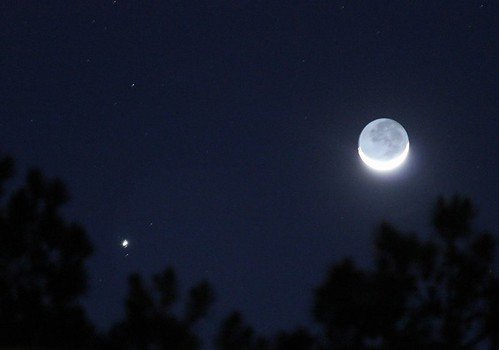Imagine looking up at the night sky and seeing not one, but nearly a hundred moons dancing around a single planet. That’s exactly what’s happening around Jupiter right now, and the number keeps growing. While Earth struggles to keep just one moon in orbit, Jupiter effortlessly juggles 95 confirmed moons—and astronomers are discovering more every year. This cosmic collection ranges from massive, ocean-harboring worlds to tiny, irregularly shaped rocks that tumble chaotically through space. What makes Jupiter such a powerful moon magnet, and why does it continue to capture new satellites while other planets remain relatively moon-poor?
The Giant’s Gravitational Empire

Jupiter’s immense gravitational pull is the primary reason it can capture and hold onto so many moons. With a mass 2.5 times greater than all other planets combined, Jupiter creates a gravitational field that extends far into space, acting like a cosmic vacuum cleaner that sucks up passing objects.
Think of Jupiter’s gravity as an invisible net cast wide across the solar system. Any asteroid, comet, or space rock that ventures too close gets caught in this net and becomes trapped in orbit. The planet’s gravity well is so deep that once an object falls into it, escaping becomes nearly impossible.
This gravitational dominance allows Jupiter to maintain stable orbits for moons at vastly different distances—from Io, which orbits closer than our Moon orbits Earth, to distant moons that take years to complete a single orbit. The sheer scale of Jupiter’s gravitational influence creates multiple zones where moons can exist safely without being torn apart or ejected into space.
The Big Four: Galilean Moons Leading the Pack

Jupiter’s four largest moons—Io, Europa, Ganymede, and Callisto—were discovered by Galileo Galilei in 1610 and remain the most fascinating members of the Jovian family. These massive satellites are worlds in their own right, each with unique characteristics that rival planets in complexity.
Ganymede, the largest moon in our solar system, is actually bigger than Mercury and has its own magnetic field. Europa hides a vast ocean beneath its icy crust that may contain twice as much water as all Earth’s oceans combined. Io showcases the most volcanically active surface in the solar system, with eruptions that can be seen from Earth-based telescopes.
These four moons demonstrate Jupiter’s ability to not only capture objects but also gravitationally sculpt them into diverse, complex worlds. Their regular orbits and substantial sizes suggest they formed alongside Jupiter itself, rather than being captured later.
Captured Asteroids: Jupiter’s Space Debris Collection

Most of Jupiter’s smaller moons are likely captured asteroids that wandered too close to the giant planet millions of years ago. These irregular satellites tell a story of cosmic encounters and gravitational conquests that continue to this day.
Unlike the large, spherical Galilean moons, these captured objects retain their original potato-like shapes and often follow highly elliptical, tilted orbits. Some even orbit backward—a clear sign they weren’t born around Jupiter but were snatched from elsewhere in the solar system.
The asteroid belt, located between Mars and Jupiter, serves as a constant source of potential new moons. Jupiter’s gravity occasionally plucks objects from this region, adding them to its ever-growing collection of natural satellites.
The Hill Sphere: Jupiter’s Sphere of Influence

Jupiter’s Hill sphere—the region where its gravity dominates over the Sun’s—extends roughly 53 million kilometers from the planet. This enormous sphere of influence is where Jupiter can capture and hold onto moons, making it the largest gravitational territory of any planet in our solar system.
To put this in perspective, Jupiter’s Hill sphere is about 740 times larger than Earth’s, giving it a vastly greater volume of space to collect wandering objects. Any object that enters this zone and slows down enough can become trapped in Jupiter’s gravitational embrace.
The size of this sphere explains why Jupiter can maintain moons at such extreme distances—some orbit more than 20 million kilometers away, taking over two years to complete one orbit around their parent planet.
Retrograde Rebels: Moons That Orbit Backward

One of the most intriguing aspects of Jupiter’s moon system is that many of its outer satellites orbit in retrograde—meaning they travel in the opposite direction to Jupiter’s rotation. This backward motion is a smoking gun that reveals these moons’ true nature as captured objects.
When Jupiter formed, any material that condensed around it would naturally orbit in the same direction as the planet’s rotation. The fact that so many moons orbit backward proves they originated elsewhere and were captured by Jupiter’s gravity after wandering into its sphere of influence.
These retrograde moons often cluster into groups, suggesting they may be fragments of larger objects that were captured and then shattered by tidal forces or collisions. The largest retrograde moon, Sinope, takes nearly three years to complete one orbit around Jupiter.
Tidal Forces: The Moon Shaper
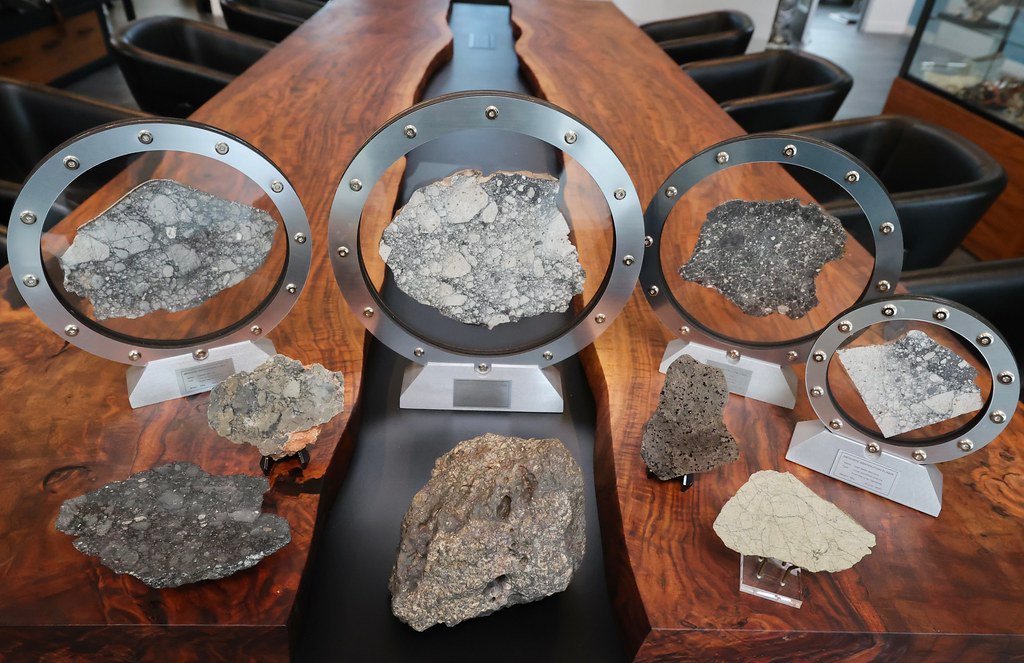
Jupiter’s powerful tidal forces play a crucial role in shaping its moons and determining which objects can survive in its gravitational field. These forces, created by differences in gravitational pull across an object’s diameter, can either tear moons apart or heat them from within.
The most dramatic example is Io, whose constant volcanic activity is driven entirely by tidal heating. As Io orbits Jupiter, the planet’s gravity stretches and compresses the moon like a stress ball, generating enough internal heat to power hundreds of active volcanoes.
For smaller objects, tidal forces can be destructive. If a moon ventures too close to Jupiter, these forces can overcome the object’s own gravity and tear it apart—a boundary known as the Roche limit. This natural barrier helps explain why Jupiter’s largest moons maintain safe distances from their parent planet.
The Trojan Asteroids: Jupiter’s Orbital Companions

Beyond its traditional moons, Jupiter also shepherds thousands of Trojan asteroids that share its orbit around the Sun. These objects, trapped in stable gravitational pockets 60 degrees ahead and behind Jupiter, demonstrate the planet’s far-reaching gravitational influence.
While technically not moons since they orbit the Sun rather than Jupiter directly, these Trojans showcase Jupiter’s ability to gravitationally organize objects throughout the solar system. The planet acts like a cosmic traffic controller, directing the movements of countless smaller bodies.
The Trojan asteroids may represent a reservoir of potential future moons. If gravitational perturbations ever knock these objects out of their stable orbits, some could potentially be captured by Jupiter and join its growing family of natural satellites.
Recent Discoveries: The Modern Moon Hunt

The number of known Jovian moons has exploded in recent decades thanks to advanced telescopes and systematic sky surveys. In 2003, astronomers knew of only 39 moons around Jupiter, but that number has more than doubled as detection technology has improved.
Modern discoveries focus primarily on tiny, irregular moons that are often just a few kilometers across. These small objects are incredibly difficult to spot from Earth, requiring long-exposure photographs and sophisticated image processing to distinguish them from background stars.
The pace of discovery shows no signs of slowing. Each new survey of Jupiter’s neighborhood reveals additional faint objects that have been orbiting the planet undetected for potentially millions of years. Astronomers estimate that Jupiter may have hundreds of small moons waiting to be discovered.
Moon Groups: Families of Broken Worlds

Jupiter’s moons aren’t randomly distributed but cluster into distinct groups based on their orbital characteristics. These groupings suggest that many of Jupiter’s current moons are fragments of larger objects that were shattered by collisions or tidal forces.
The Himalia group, for example, consists of several moons with similar orbits and compositions, indicating they likely originated from a single parent body. When astronomers study these groups, they’re essentially conducting cosmic archaeology, piecing together the violent history of Jupiter’s satellite system.
Each group tells a different story of capture and destruction. Some may represent asteroids that were captured intact and later broken apart, while others might be the remnants of ancient comets that ventured too close to the giant planet.
Jupiter’s Role as a Cosmic Vacuum Cleaner
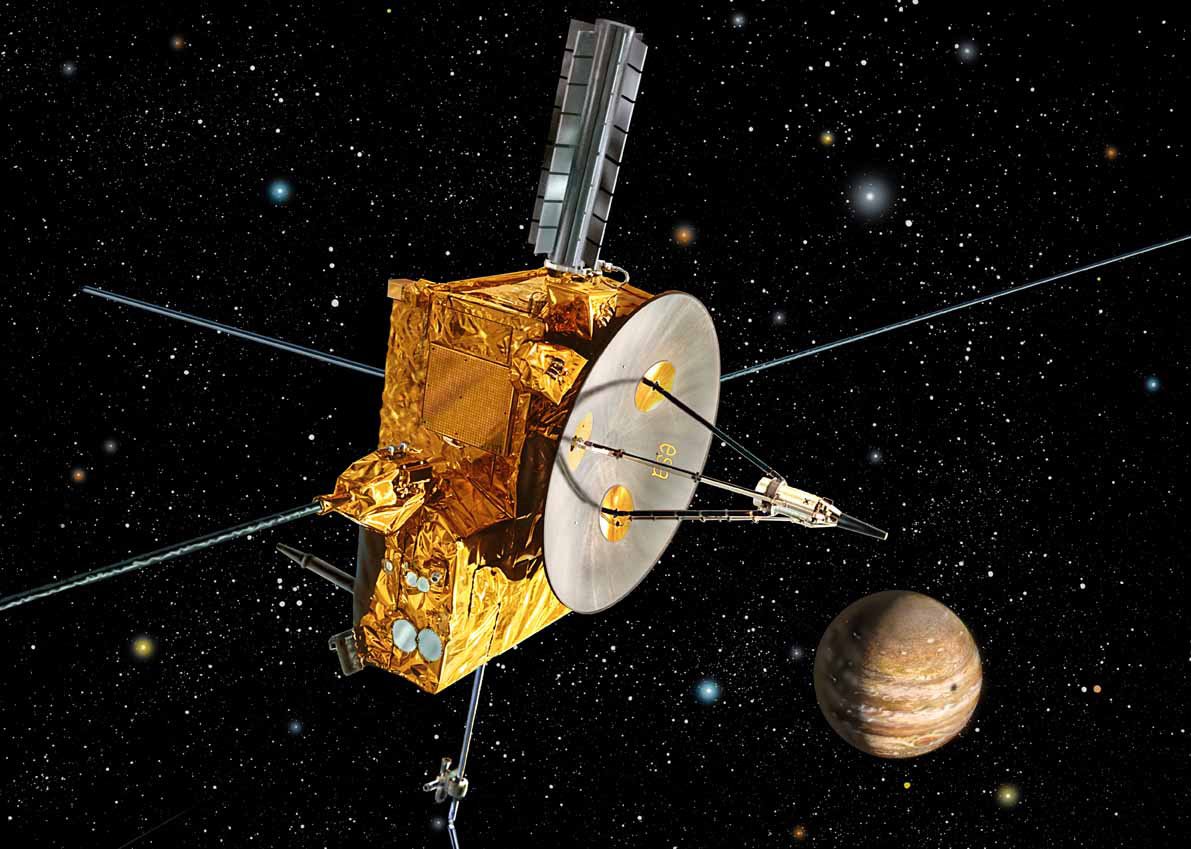
Jupiter’s gravitational influence extends far beyond its own moons, acting as a cosmic vacuum cleaner that protects the inner solar system from potentially dangerous objects. By capturing or deflecting asteroids and comets, Jupiter reduces the number of impacts that might otherwise threaten Earth.
This protective role has been crucial for life on Earth. Without Jupiter’s gravitational shield, our planet would likely experience far more frequent and devastating impacts from space debris. The giant planet essentially acts as a gravitational bodyguard for the inner solar system.
However, Jupiter’s influence isn’t always protective. Sometimes its gravity can actually send objects toward the inner planets, including Earth. This dual nature—both protector and threat—makes Jupiter one of the most important factors in determining the safety of our planetary neighborhood.
The Formation Timeline: When Jupiter Acquired Its Moons

Jupiter’s moons weren’t all captured at the same time but represent billions of years of gradual accumulation. The large Galilean moons likely formed during Jupiter’s early history, while many of the smaller, irregular satellites were captured much later.
Evidence suggests that Jupiter’s moon-capturing ability has remained active throughout solar system history. Some moons may have been captured as recently as a few million years ago—a blink of an eye in cosmic terms—while others have been orbiting Jupiter since the planet’s formation 4.6 billion years ago.
This ongoing process means Jupiter’s moon count will likely continue to grow. The planet’s gravitational influence ensures that any suitable objects passing through its sphere of influence have a chance of joining its ever-expanding family of natural satellites.
Size Matters: Why Bigger Planets Have More Moons
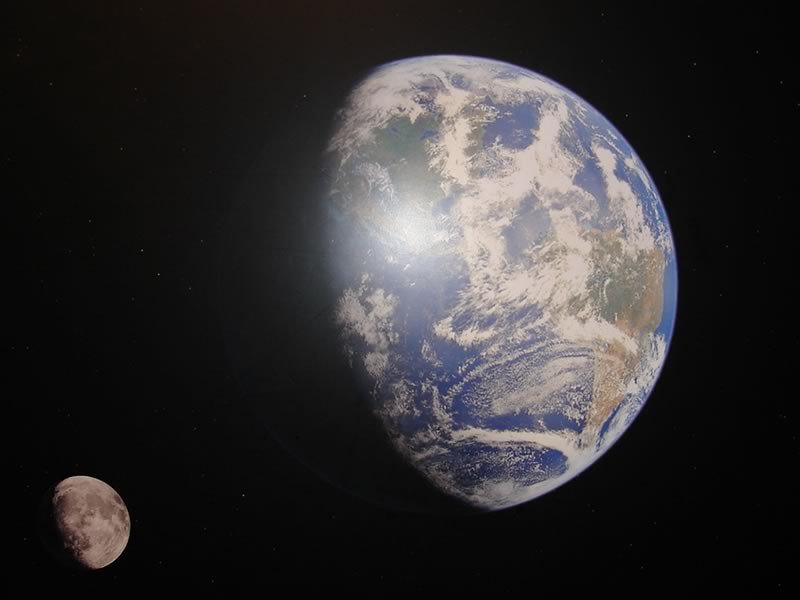
There’s a clear correlation between planetary size and moon count throughout our solar system. Jupiter, the largest planet, has the most moons, while smaller planets like Mars have only a few. This relationship isn’t coincidental but reflects the fundamental physics of gravitational capture.
Larger planets have stronger gravitational fields that extend farther into space, giving them bigger “catchment areas” for potential moons. They also have more gravitational energy available to slow down and capture passing objects, making successful moon capture more likely.
Jupiter’s massive size gives it a decisive advantage in the moon-collecting game. Its gravity well is so deep that objects need tremendous energy to escape once they’ve been captured, ensuring that Jupiter rarely loses moons once it has acquired them.
The Search for New Moons: Technology and Techniques

Modern moon hunting around Jupiter relies on sophisticated digital cameras and computer algorithms that can detect incredibly faint objects moving against the star field. These searches require patience, precision, and enormous amounts of data processing.
Astronomers typically take hundreds of images of Jupiter’s vicinity over several nights, then use computer programs to identify any objects that move in patterns consistent with orbiting the planet. The smallest moons discovered this way are often fainter than 24th magnitude—millions of times dimmer than the faintest stars visible to the naked eye.
Each new discovery requires months of follow-up observations to confirm the object’s orbit and determine whether it’s truly a moon or just a passing asteroid. This painstaking process explains why new Jovian moons are announced relatively infrequently, despite ongoing searches.
Orbital Resonances: The Cosmic Dance
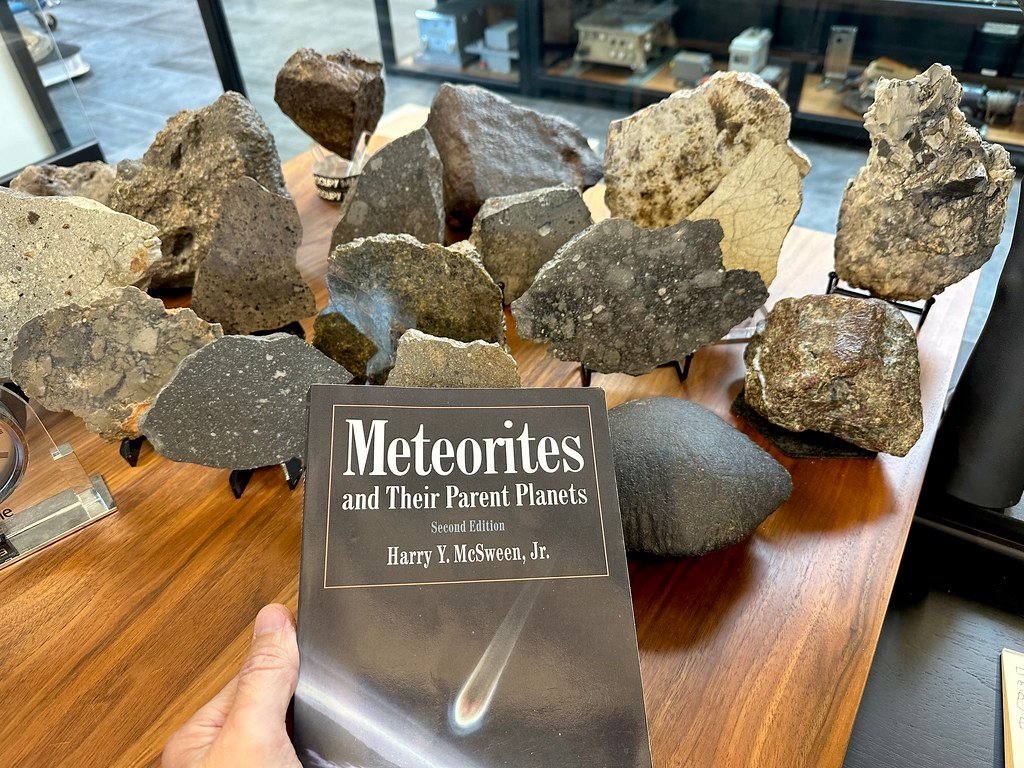
Many of Jupiter’s moons participate in complex orbital resonances—gravitational relationships where their orbital periods are related by simple ratios. These resonances create stable configurations that can last for billions of years, helping Jupiter maintain its large moon population.
The most famous example involves Jupiter’s three innermost large moons: Io, Europa, and Ganymede. For every four orbits Io completes, Europa completes exactly two, and Ganymede completes exactly one. This 4:2:1 resonance keeps the system stable and prevents the moons from colliding.
These resonances act like cosmic clockwork, ensuring that Jupiter’s moons maintain their orbits without interfering with each other. Without these gravitational relationships, many of Jupiter’s moons might have been lost to collisions or ejected from the system entirely.
Moonlets and Ring Particles: The Tiniest Satellites

Jupiter’s ring system contains countless tiny moonlets—objects too small to be considered true moons but large enough to maintain their own orbits. These microscopic satellites contribute to the planet’s overall satellite count and demonstrate Jupiter’s ability to capture objects of all sizes.
The boundary between ring particles and moons is somewhat arbitrary, based mainly on size and detectability rather than fundamental physical differences. Some of Jupiter’s smallest confirmed moons are barely larger than ring particles, highlighting the continuous spectrum of objects orbiting the planet.
These tiny satellites often have short lifetimes, being gradually worn away by impacts from dust and debris. However, Jupiter’s gravitational field continuously captures new small objects to replace those that are lost, maintaining a steady population of miniature moons.
Future Discoveries: What Lies Ahead
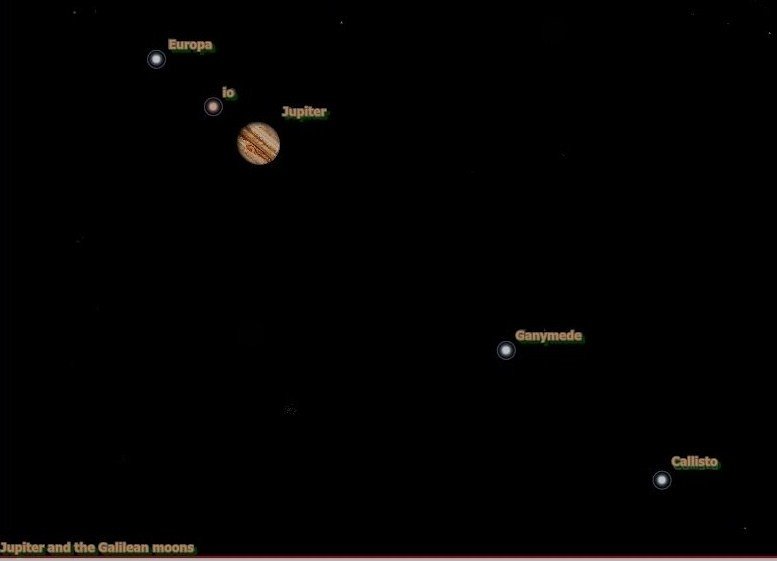
The discovery of new Jovian moons shows no signs of slowing down, with astronomers predicting that Jupiter may have hundreds of small satellites waiting to be found. Future space missions and more powerful ground-based telescopes will likely reveal even more members of Jupiter’s extensive moon family.
The upcoming Nancy Grace Roman Space Telescope and other advanced instruments will be capable of detecting much fainter objects than current surveys can find. These technological advances could potentially double or triple the number of known Jovian moons within the next decade.
Each new discovery adds to our understanding of how planetary systems form and evolve. Jupiter’s moons serve as a natural laboratory for studying gravitational capture, orbital dynamics, and the history of our solar system.
Implications for Exoplanet Systems
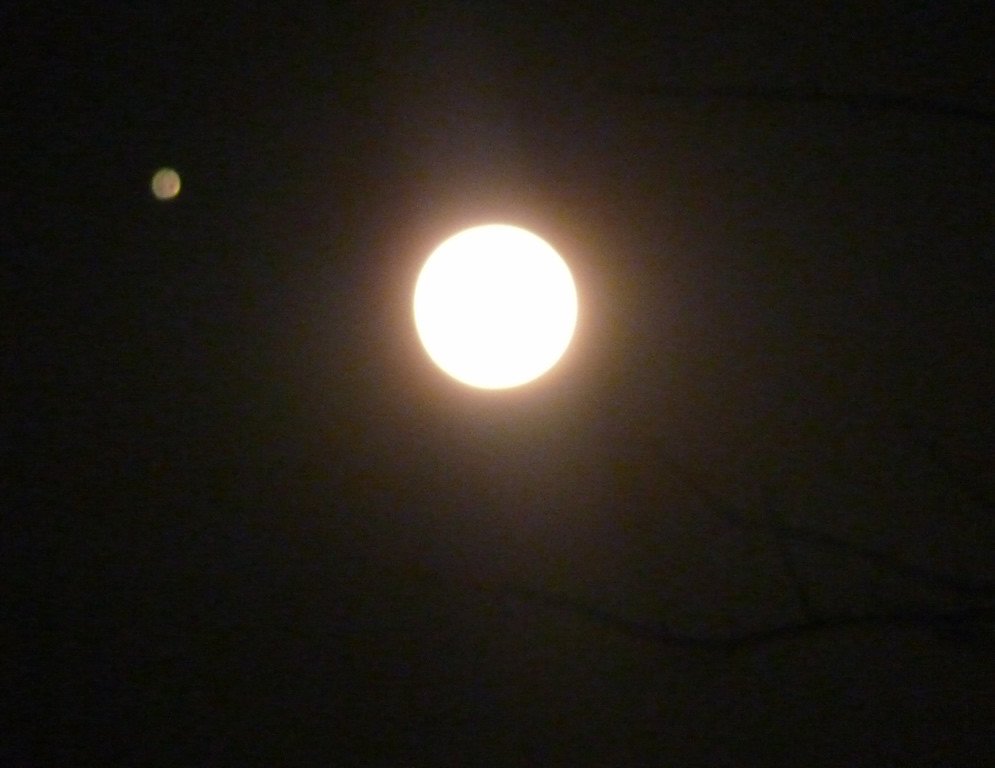
Jupiter’s impressive moon collection provides important insights into what we might expect to find around gas giant planets in other star systems. If Jupiter-like planets are common throughout the galaxy, they may all possess extensive moon systems similar to what we observe in our own solar system.
Some of these exomoons could potentially harbor life, especially if they’re large enough to maintain atmospheres and liquid water. The discovery that Jupiter’s moon Europa likely contains a subsurface ocean has sparked interest in the possibility of life on moons around distant exoplanets.
Understanding Jupiter’s moon system helps astronomers know what to look for when searching for potentially habitable worlds beyond our solar system. The giant planet serves as a template for how large planets can create and maintain complex systems of natural satellites.
The Continuing Count
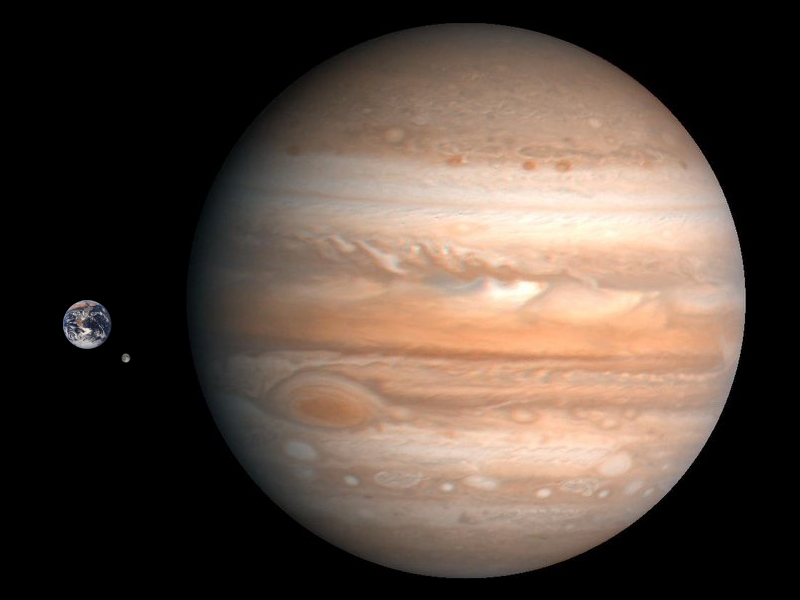
Jupiter’s status as the moon king of our solar system reflects the planet’s fundamental nature as a gravitational heavyweight. Its 95 confirmed moons represent just the tip of the iceberg—astronomers expect to discover many more small satellites as detection technology continues to improve.
The ongoing discovery of new Jovian moons reminds us that our solar system is still full of surprises. Each new satellite adds another piece to the puzzle of how planets and their moon systems form and evolve over cosmic time.
Jupiter’s gravitational dominance ensures that it will continue accumulating moons for billions of years to come, making it a dynamic system that constantly evolves as new objects are captured and old ones are lost to collisions or ejection.
What secrets might Jupiter’s 96th moon reveal about the early solar system?

